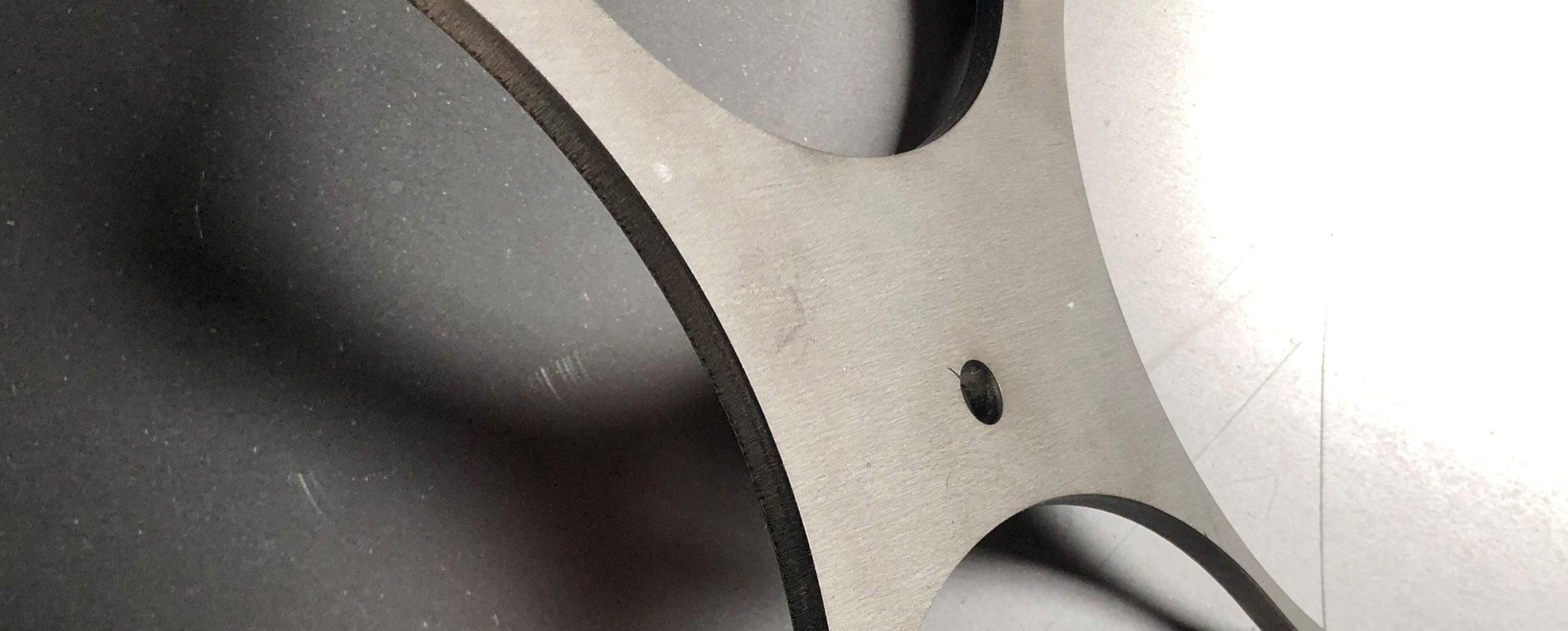
WHAT IS THE SHEET METAL FABRICATION PROCESS
The sheet metal fabrication process includes 7 basic steps: drawing, material selection, fabrication, finishing, quality control, packing and shipping. Each step in the process includes special considerations and techniques to ensure that your part is produced correctly.
Production Drawing
At AP Precision, every project starts with a drawing. Whether digital, blue print, or a sketch, we use this drawing as a guide in the sheet metal fabrication process. Some sheet metal fabrication processes, like CNC machining and laser cutting, require a vectorized map that shows measurements as well as tolerance and material specifications. The drawing dictates which sheet metal fabrication process is appropriate for the project: laser cutting, turret punch, press brake, welding, and more.
Material Selection
The two most popular sheet metal materials are stainless steel and aluminum. The sheet is sold by the thickness, tolerance, and composition. The required material type may be included in your drawing, or the fabrication team can make a recommendation based on your project. At AP Precision we work with steel, copper, aluminum, brass and other alloys. Not sure which material is right for your part? Contact our team for guidance on materials and fabrication techniques.
Fabrication Techniques
We employ a range of sheet metal fabrication techniques to meet our clients’ needs. Depending upon the size of your part, the number of parts required, materials used, and the end finish, we may combine multiple sheet metal processes to fulfill your specifications. Our sheet metal fabrication processes include
Laser-Cutting: We use fiber lasers to render complex curves, craft high-tolerance parts, execute high-efficiency yields, manipulate ultra-thin components, and etch plates. Laser cutting is an efficient process for both small and larger projects. We can cut sheet metal, copper, and brass plates with this technique.
Turret Punch: The turret punch can be used for medium tolerance components, weldments, stamped parts, louvers, and logos.
CNC Press Brakes: The press brake helps us bend sheet metal parts. We typically use this process to craft tools, architectural parts, or small components.
Welding: During the welding process, our team can securely join two or more sheet metal pieces together. At AP Precision we offer both Gas Metal Arc (MIG) and Shielded Metal Arc (Stick) welding, as well as spot welding, brazing, soldering, riveting, and more.[vc_column_text]
Sheet Metal Finishing Processes
We work with specialty vendors to deliver custom finishing processes like anodizing, chem film, passivation, sand blasting, zinc plating, and more. Learn more about our trusted partner services here. We also offer in-house powder coating.
Quality Control, Packing & Shipping
Once the part is cut, bent, welded, and finished, it is labelled by our team and sent to quality control for review. Our experienced Quality Control team uses ISO 9001 standards to ensure your order meets all required specifications. Professional packing and shipping is the last step of the sheet metal fabrication process to make sure your parts arrive in pristine condition.
Have more questions about what’s involved in the sheet metal fabrication process? Contact our experienced team of technicians to learn more, or check out our blog for additional insights.